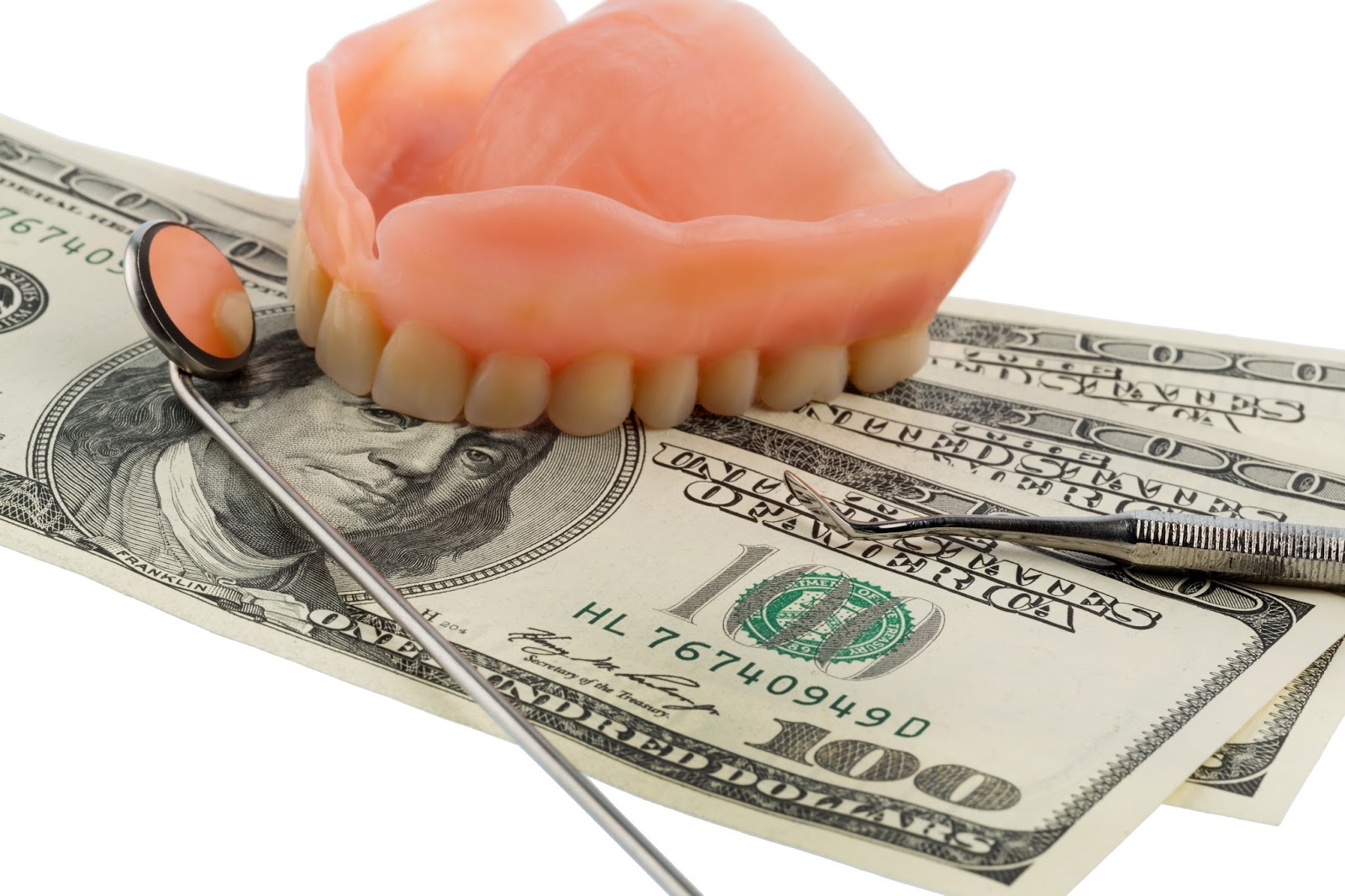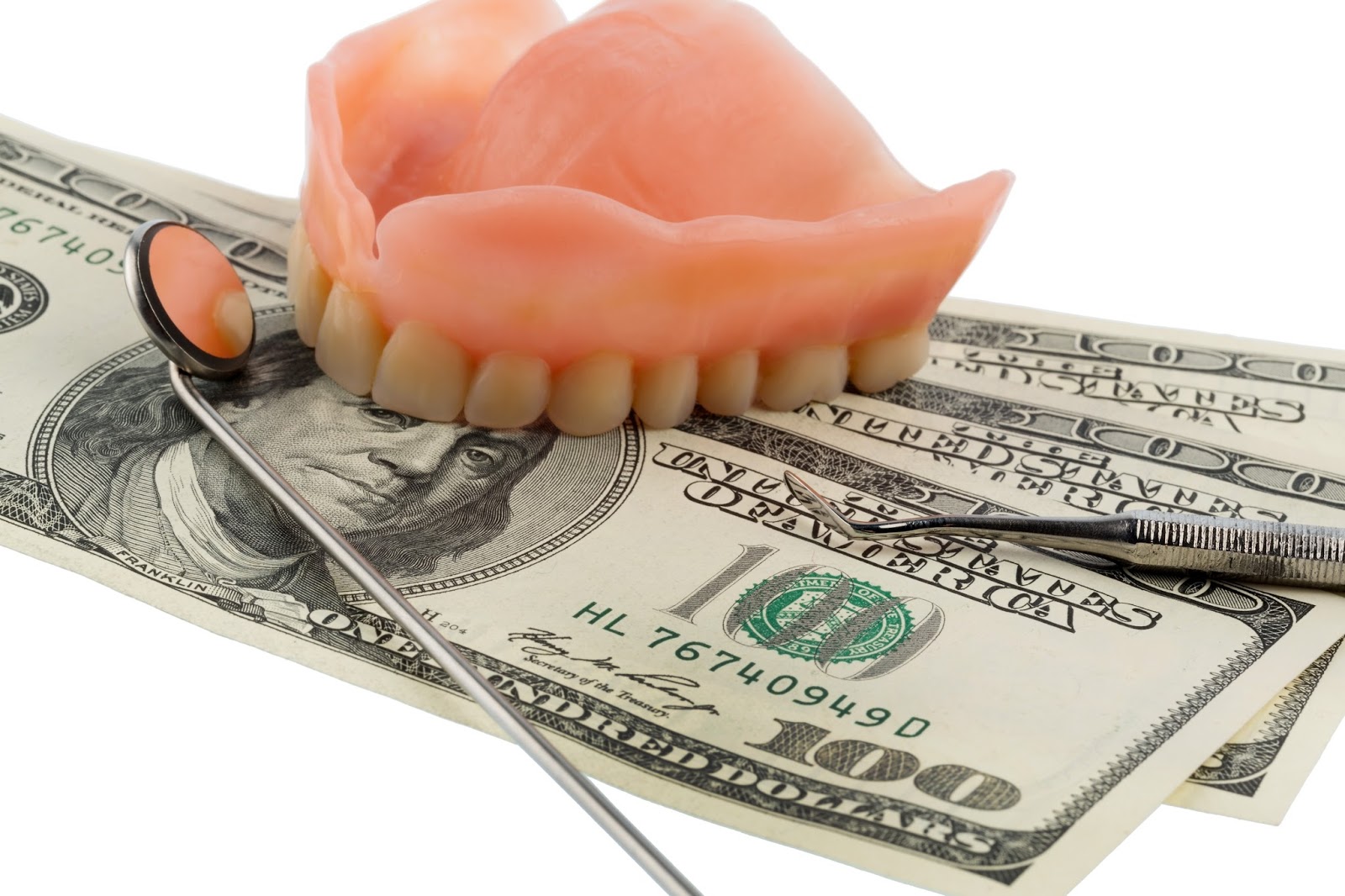
One of the most common questions I get asked from family and friends is “How much should I be paying for this dental procedure?”. It’s a classic case of asymmetric information or “information failure”. Most of us hope to only pay for one or two dental procedures in our lifetime (or none if we can help it!), but dentists on the other hand perform these procedures every day. In that sense, the customer has very little expertise in what they’re paying for and how much it should be, while the dentist holds all the information and can easily justify the cost.
This asymmetry of information is very common in almost any economic transaction. Think about the last time you had to bring your vehicle to the mechanic. If you’re not a car expert yourself, you probably just accepted the price you were charged. Dental fees are often accepted in a similar way, but hopefully I can give you some insight into what you should be paying for your next procedure and why fees tend to fluctuate by practice.
Dental fees are determined by the dental office performing a procedure and are usually influenced the most by the following factors:
Laboratory and Office Fees
Lab fees are the hard costs that your dentist is responsible for. Think about your last trip to the dentist. You sat in a well-decorated waiting room, then got called into a treatment room by a dental hygienist. In that treatment room you sat in a comfortable dental chair that can move up and down, with a modular light above it. Once your appointment starts, the hygienist or dentist uses all sorts of tools to examine you. After you’re finished, you check out and schedule a follow up appointment with a receptionist.
At every point of your visit to the dentist you were benefiting from something that dentist had to pay for – whether it’s the comfortable waiting room chairs, the tools used to perform the procedure, and even the friendly hygienist and receptionist who assisted with your visit.
Of course, not all trips to the dentist are created equally and depending on the reason for your visit, even more costs might come into play. If you need a crown, dentures or other specialty item, keep in mind that the dentist doesn’t make these in-house, these come from specialty labs that have their own set of expenses that are often passed onto your dental practice.
Location
While most of the lab and office fees explained above are standard from dental office to dental office, the cost of them can vary greatly. Depending on the part of the country, city and even specific setting a dental office operates in, the overhead costs can fluctuate. In more expensive real estate areas, dentists have to pay more to buy or lease their office space. In remote areas, dental equipment can be costly to ship and therefore much more expensive. Similarly, wages vary tremendously location-to-location and office staff can be much more expensive in certain areas. Taking all that into account, there is often a trickle-down effect onto the customer who ultimately may end up paying more to make sure the dental office can stay in practice.
Older v. Newer Practice
The time a given dental office has been open can also have a big impact on cost. In fact, research has shown that older practices tend to be less costly than new practices. When you think about it, that makes sense. When a practice opens, they have a huge amount of overhead cost. Purchasing new equipment all at once, potentially buying or leasing space, and sometimes student loans from dental school. All of these factors can lead to a more expensive experience with a new practice – but keep in mind, you’re also getting the newest and best treatments and equipment.
Dental Procedures – National Average Costs
Now that we’ve examined the factors impacting the variance in cost, let’s look at national averages that can help you make your decision on where to have your dental procedure done. The following table includes national averages for the most common dental procedures.
Here is the national average for the most common dental procedures.
| National Average | |
| White Filling (1-4+ surfaces) | $174.52 – $340.48 |
| Amalgam Filling (1-4+ surfaces) | $145.77 – $255.12 |
| All Porcelain Crown | $1,219.36 |
| Porcelain with Metal Underneath | $1,082.38 |
| Root Canal Front Tooth | $785.28 |
| Root Canal Premolar | $910.67 |
| Root Canal Molar | $1,092.43 |
| Deep Cleaning | $187.58 (1 to 3 teeth) $264.13 (4+ teeth) |
| Dentures | $1,717.77 (upper) $1,718.51 (lower) |
| Partials with Metal | $1,786.24 (upper) $1,789.86 (lower) |
| Flexible Partials | $1,514.07 (upper) $1,518.56 (lower) |
| Implants | $2,023.55 |
| Implant Abutment and Crown | $1,424.17 |
As with any transaction, it’s always best to do your research and price compare. Don’t be afraid to get a few price quotes before making the final decision on where to have your dental procedure done. Keep in mind, just like any other good or service, dental fees change over time and are subject to inflation so dentists can keep up with their costs. If you’re thinking about getting that root canal or filling – do it as soon as you can!
One of the most common questions I get asked from family and friends is how much should they be paying for a dental procedure. Dental fees are determined by the dental office but they are usually influenced by laboratory fees, location,
Below is the ADA 2018 Survey of Dental Fees. The 2019 Survey was not available at the time of the publishing of this article. This exclusive survey provides you with an analysis of self-reported fees by procedure from a nationwide, random sample of dentists. Specialists and general dentists recorded the fees they charged most often for 269 dental procedures.

